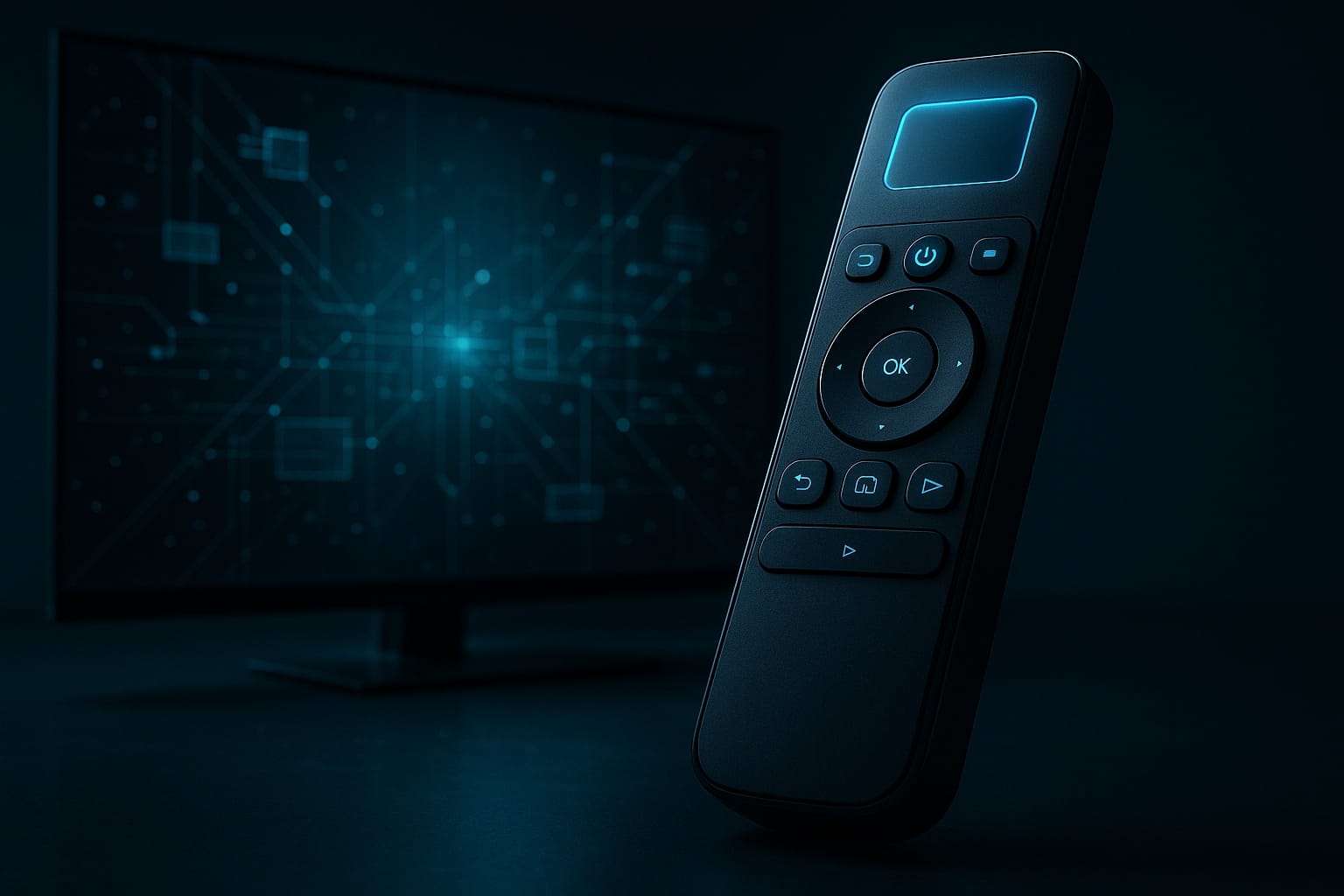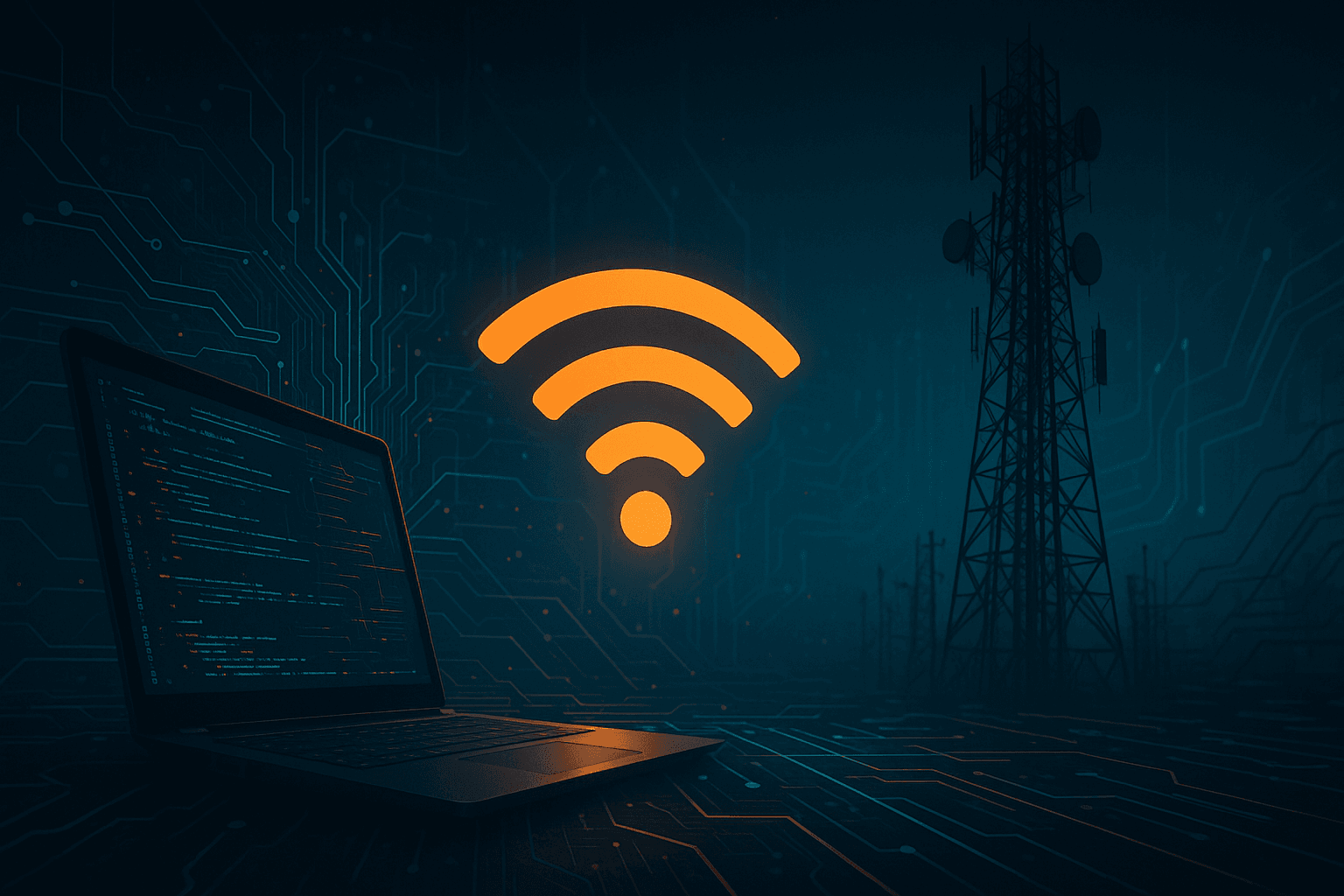Smart TV Remote Technologies: Implications for IP Litigation

Smart TV remote control technologies, including infrared (IR) and radio frequency (RF) systems, play a significant role in intellectual property (IP) disputes, particularly in patent litigation. Understanding the technical differences between these systems, their proprietary protocols, and their evolution is critical for IP litigation attorneys navigating cases involving software expert witnesses. This article explores IR and RF remote technologies, their limitations, and emerging trends, offering insights into their relevance for IP disputes.
Infrared (IR) Remote Controls
IR remote controls transmit pulses of infrared light, typically in the 700nm to 1mm wavelength range, to communicate binary-coded commands such as power ON/OFF, volume control, or mute. An LED in the remote emits these pulses, which a TV’s receiver decodes into instructions for the microprocessor. IR technology is cost-effective and widely adopted, but it lacks standardized protocols. Manufacturers like NEC define protocols that others adopt, while many create proprietary ones, leading to potential patent disputes over protocol implementation.
IR remotes face limitations, including a 30-foot range and the need for line-of-sight to function. Interference from fluorescent bulbs, sunlight, or physical obstructions can disrupt signals. Increasing LED luminance mitigates interference but reduces battery life, a trade-off that may spark patent claims over power management innovations. For IP litigation attorneys, these technical nuances are critical when evaluating infringement claims involving IR protocol patents or software controlling signal transmission.
Radio Frequency (RF) Remote Controls
RF-based remotes, using technologies like Wi-Fi Direct or proprietary systems such as Logitech’s Unifying protocol, offer advantages over IR. Unlike IR, RF does not require line-of-sight, enabling control from up to 100 feet, even through walls. Bluetooth, another RF-based technology, is less common in TV remotes due to pairing requirements and susceptibility to noise, limiting its range. These differences make RF technologies a focal point in patent disputes, particularly over proprietary connectivity protocols.
The shift to RF-based systems introduces complexities in IP litigation, as manufacturers often patent unique RF implementations. A software expert witness can analyze source code or firmware to determine whether a device infringes on patented RF protocols, making their testimony invaluable in disputes over smart TV connectivity.
Universal Remote Protocols and Fragmentation
The Universal Remote Console Communication (URCC) protocol, proposed nearly 25 years ago, aimed to standardize remote control across devices, from TVs to smart home systems. However, manufacturers have largely retained proprietary protocols, leading to a fragmented market. This fragmentation fuels IP disputes, as companies protect their protocols through patents. Universal remotes, including “learning remotes” that capture and replicate IR signals, must navigate this landscape, often requiring software to interpret diverse protocols. IP litigation attorneys may encounter cases where patent claims hinge on the interoperability of universal remotes with proprietary systems.
For non-technical stakeholders, it’s worth noting that proprietary protocols can limit consumer choice and interoperability, potentially leading to antitrust considerations alongside patent disputes. A software expert witness can clarify how these protocols function, aiding attorneys in assessing the validity of patent claims or potential infringement.
Smartphones and Streaming Device Apps
Since the early 2010s, some smartphones, like certain Samsung models, included IR blasters to function as universal remotes via dedicated apps. However, manufacturers like Apple never adopted this feature, and Samsung discontinued IR blasters starting with the Galaxy S6. Today, streaming devices like Roku, Amazon Fire TV, and Chromecast rely on Wi-Fi-based apps for control. For example, the Roku mobile app and Amazon Fire TV app allow users to manage content, while the Google Home app controls Chromecast and other devices. These apps often prioritize content navigation over basic TV functions like power or volume, creating a fragmented user experience.
This shift to app-based controls introduces new IP considerations. Patents covering Wi-Fi-based control apps or their integration with streaming devices are common points of contention. A software expert witness can dissect the underlying code to identify patented algorithms or interfaces, providing critical evidence in litigation.
Emerging Trends in Smart Remotes
The rise of smart TVs has driven the adoption of RF-based smart remotes, which use Wi-Fi or proprietary RF protocols to offer enhanced functionality, such as tracking user interactions. Unlike traditional remotes, smart remotes may integrate with streaming platforms like Netflix or YouTube, requiring complex software to manage multiple protocols. This complexity increases the likelihood of patent disputes over software innovations, making the role of a software expert witness essential for analyzing infringement claims.
For IP litigation attorneys, understanding the interplay between hardware and software in smart remotes is crucial. Patents may cover specific RF implementations, user interface designs, or data tracking methods, all of which require technical expertise to evaluate. Additionally, the decline of IR-based smartphone remotes highlights a market shift toward RF and app-based solutions, potentially affecting the scope of existing patents.
Conclusion
Smart TV remote technologies, from IR to RF and app-based systems, are a hotbed for IP litigation due to proprietary protocols and evolving software integrations. Attorneys handling such cases benefit from engaging a software expert witness to analyze technical details, from signal transmission to protocol interoperability. As smart TVs dominate the market, the complexity of remote control technologies will continue to drive patent disputes. For expert assistance in IP litigation, visit Sidespin Group to connect with qualified professionals.

